5. Klute (Alan J. Pakula, 1971)
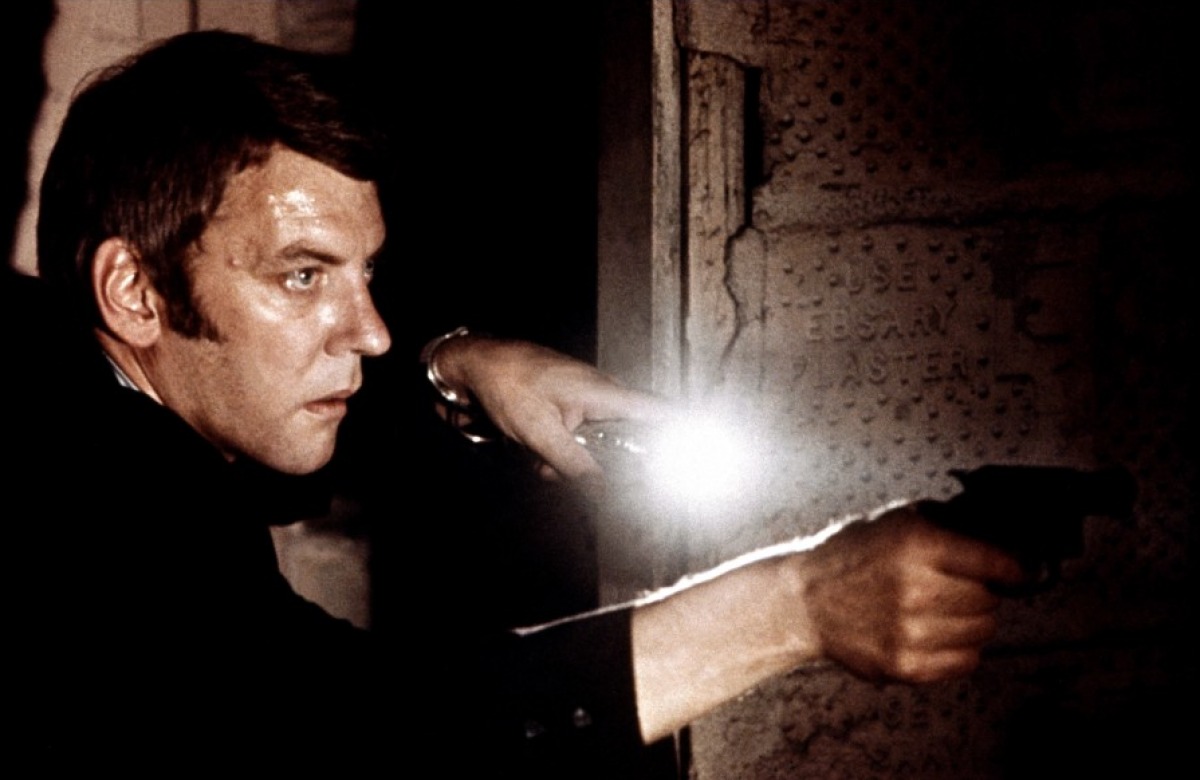
Probably the least Giallo inspired film on this list, Klute is still an essential watch. Featuring two career defining performances from Donald Sutherland and Jane Fonda, Klute is one of the formative Neo-noir films of the New Hollywood Era. In Klute, Bree Daniels (Jane Fonda) is a high class sex worker assisting P.I. John Klute in a missing persons case.
The depiction of sex is not characteristic of a Giallo, it’s not titillating or viewed through the male gaze. Instead it’s treated as a distraction or afterthought. It’s used as a means to an end to elevate ones self to a higher social class. It’s also more of a character study as John Klute, a small-town boy at heart, becomes more and more entrenched in a city where crime is rampant and life is cheap. However, some of the genre’s traits are here: red herrings, bold colors, a love affair, and an interest in psychological trauma.
The films depicted a sex worker who was three dimensional and fully human which was pretty radical for the time. It was also a rather rare occurrence of Hollywood keeping up with a changing tide in politics. Second wave feminism was in full swing and violent crime was steadily increasing every year in New York City. Klute is a film about urban America in transition while unintentionally channeling the more gaudy elements of a Giallo picture.
4. Body Double (Brian DePalma, 1984)
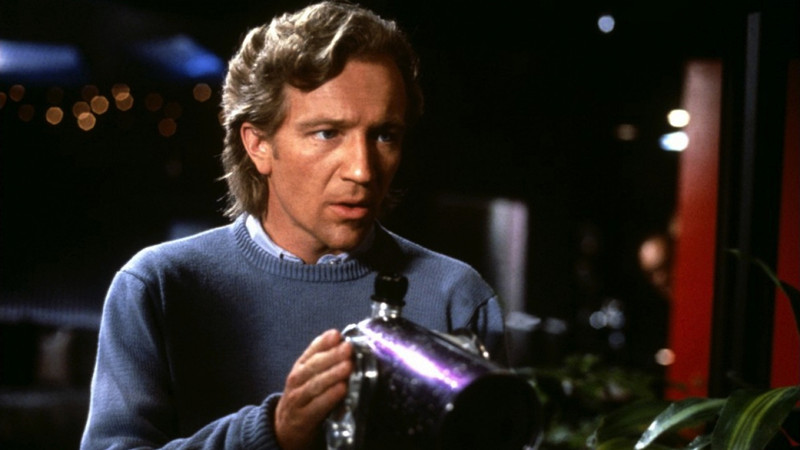
No other American filmmaker has been compared to the Giallo genre as much as Brian DePalma. While he intentionally emulates Alfred Hitchcock in style and dissects the same subject matter (obsession, voyeurism, violence), Giallo films happen to explore much of the same material. Scully (Craig Wasson), a failing actor is given the opportunity to housesit for a wealthy friend of a friend. In Rear Window fashion, he develops an infatuation with a scantily clad neighbor he sees assaulted, then murdered. From there, he must overcome his childhood fears of claustrophobia in order to prevent another woman named Holly (Melanie Griffith) from meeting the same fate.
Criticized by women rights activists for a scene in where a woman is killed with a rather large drill bit in a sexually suggestive matter, Body Double was a rather personal project for De Palma. The protagonists fears reflected the directors own and he seemed to be snapping back at his critics with an even more pronounced focus on eroticism. By exposing the inner workings of the pornography industry, De Palma was teasing the very same folks who derided his films as pornographic in the first place.
While the killer does not wield the signature straight razor found in most Giallo films, the drill bit is an inventive creative choice. The narrative setup revolves around childhood trauma, common fodder for a Giallo. Survivors guilt is another phenomenon that unites De Palma’s work and the Giallo.
3. The Editor (Adam Brooks and Matthew Kennedy, 2014)
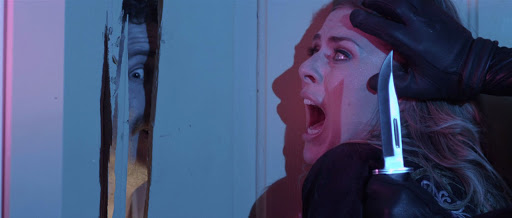
The Editor is the only film on this list that directly draws attention to its Giallo influences as one might mistake it for a Giallo picture from that time period. In reality it was conceived by Akron 6, a small film troupe and production company out of Canada. The Editor functions as a tribute/parody to the Giallo genre and was funded by grants from various institutions. Shot with digital technology, it is quite amazing how the filmmakers were able to capture the feel of a Giallo.
The plot follows a down and out editor, Rey Cisco (co-director Adam Brooks), forced to work on sleazy Giallo pictures after accidentally losing four of his fingers on one hand editing some film in a meta twist. Before long, the stars of the film he’s working on are murdered while watching a work print, leaving him as the sole suspect.
The film painstakingly tries to recreate the feel of a true blue Giallo. There’s purposefully bad dubbing and appearances from genre mainstay Udo Kier (Suspiria). Primary colors adorn the walls of the sets and the film calls attention to the way Giallo films would often paint women as hysterical, framing them as either saints or whores. It doesn’t attempt to right the wrongs of the genre or update it for today’s politics, it simply wants to celebrate the Giallo, warts and all.
2. Alice Sweet Alice (Alfred Sole, 1976)
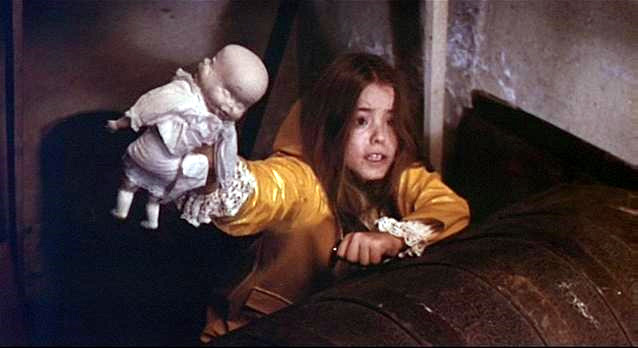
Filmed in Paterson, New Jersey and coated with grainy film stock more suited for a B picture, Alice, Sweet Alice might as well take place in an alternate dimension. As with the best Giallo films, the setting is alien and the characters don’t function on logic. After a little girl named Angela (Brook Shields, in a debut performance) is murdered during her older sister Alice’s communion, troubled Alice becomes the main suspect. A series of similar murders befall the community.
This film is elevated by its gauzy dreamy atmosphere and the way it presents the world within the the narrative. It introduces us to a supposedly tight knit community united by religion, where crime is foreign and the family is whole. However, we see beneath this wholesome facade quite quickly. The nuclear family is falling apart and the church simply acts as a beacon for suburban gossip.
Director Alfred Sole was inspired by the imagery of Don’t Look Now (Nicholas Roeg, 1973) and had Alice don the now iconic yellow raincoat that has since been recycled by other films (both version of Stephen King’s It). His previous picture Deep Sleep was a softcore pornographic film that had him excommunicated by the local Diocese of Paterson. This motivated the film’s hostile portrayal of Roman Catholicism and their institutional hypocrisy.
1. Dressed to Kill (Brian DePalma, 1980)
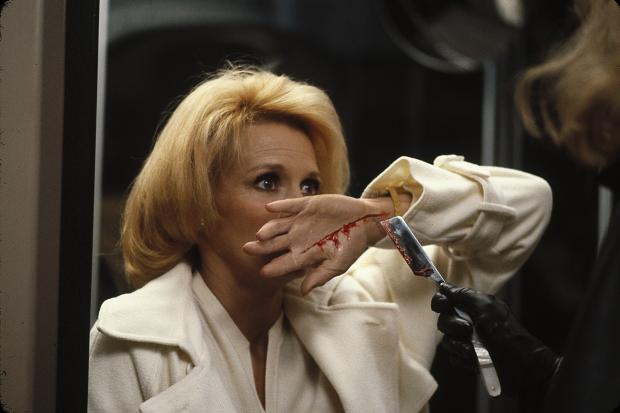
Once again Brian DePalma was more intentionally paying tribute to Hitchcock with this erotic thriller. Similarly to Psycho, it dispatches its protagonist around the 45 minute mark and the antagonist’s motives are rooted in Freudian psychology. Although its take on sexual identity is contentious, it doesn’t prevent one from enjoying the lurid pleasures of Dressed to Kill.
Kate Miller (Angie Dickinson) is a sexually frustrated New York City housewife, yearning for attention from various men at points, even her psychiatrist Dr. Elliott (Michael Caine). After a day at the museum (delivered through a fabulous tracking shot) leads to one night affair, she is brutally murdered by a mysterious blonde woman wielding a razor. The narrative’s focus shifts to Liz (Nancy Allen), a call girl who witnesses the murder and Kate’s teenage son (Keith Gordon). With the killer on Liz’ trail and the cops suspecting Liz for Kate’s murder, time is running out.
Although the production values are almost too extravagant for this to qualify as a Giallo, the DNA is all there. The color Red is almost a character itself and the familiar black gloves, straight razor, and unique architecture all make appearances. Similar to Argento’s Giallo work, De Palma is interested in finding unique spaces to shoot his suspenseful stalking sequences. He is creative in finding pathways to explore his spaces and likes to manipulate time as he follows the characters. The result is a macabre masterpiece any fan of genre cinema can revel in.